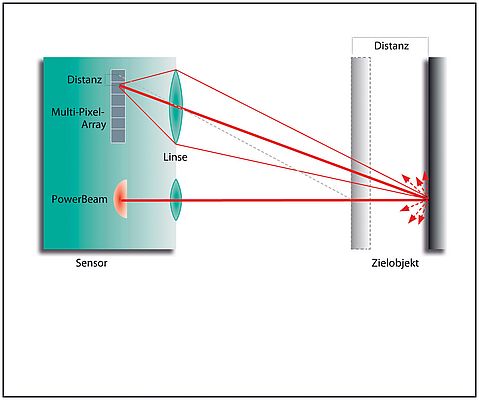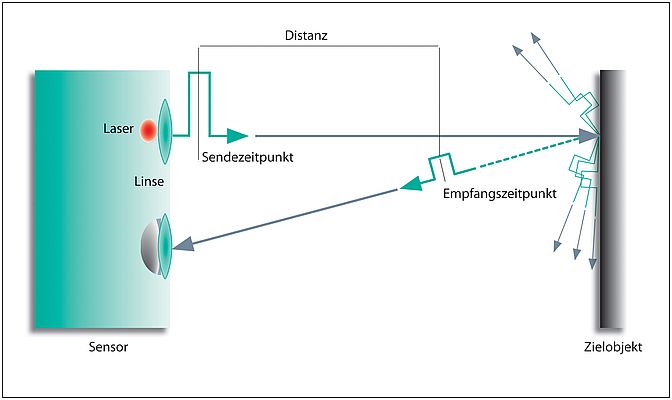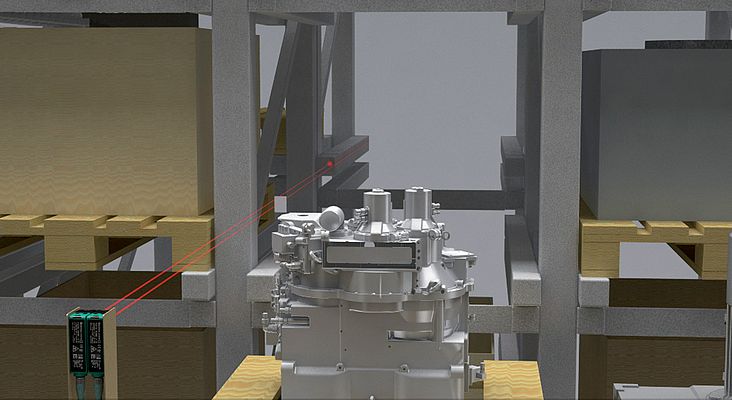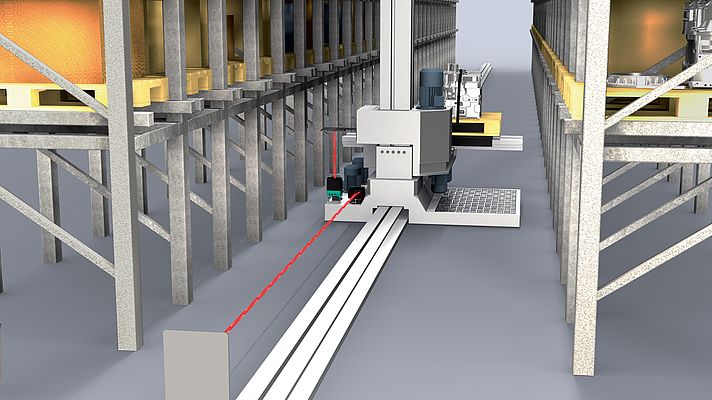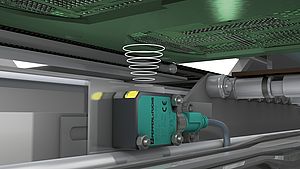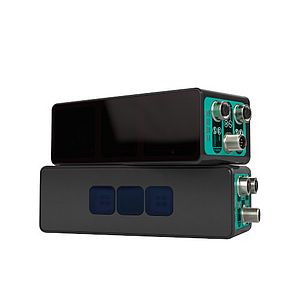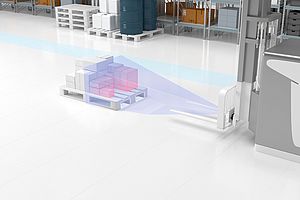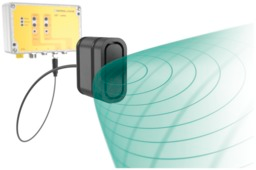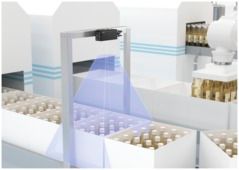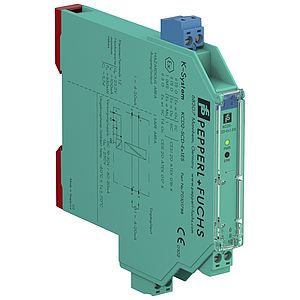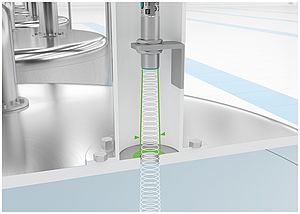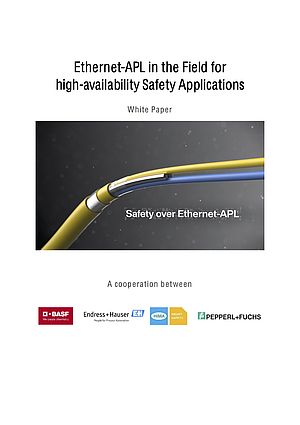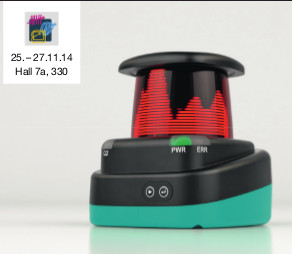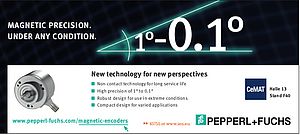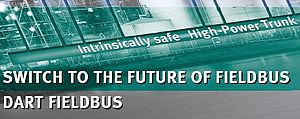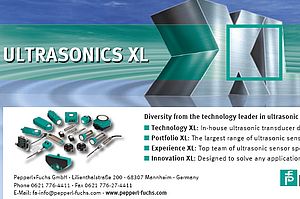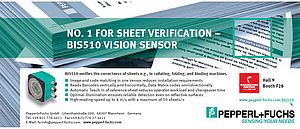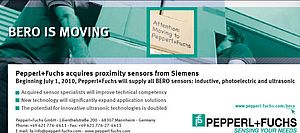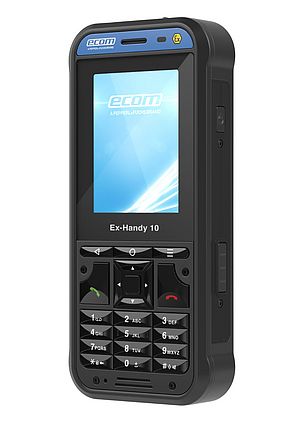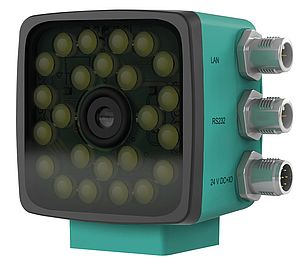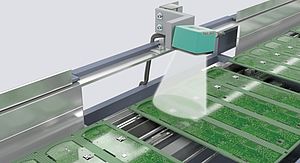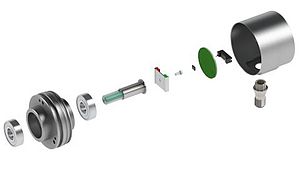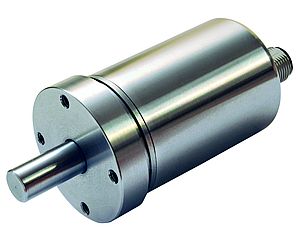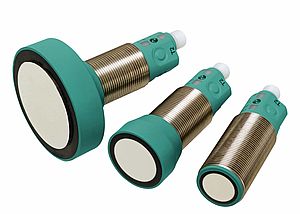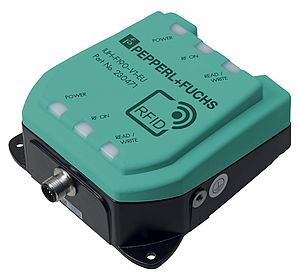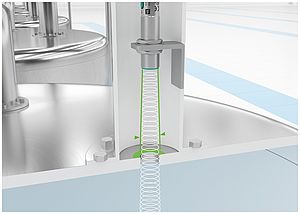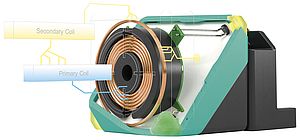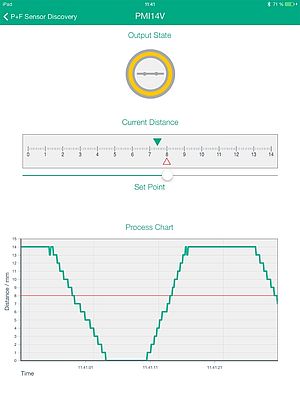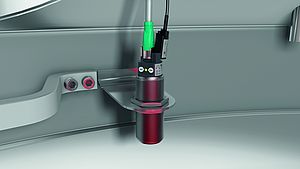Factory automation applications use a large number of retroreflective sensors and diffuse mode sensors. Sensors like these operate indirectly in that they detect and evaluate reflected light. However, up until now, a certain level of detection reliability has been sacrificed in favor of ease of use and cost factors. This drawback has been eliminated in the latest generation of sensors. The new sensors are fitted with a fundamental measurement principle and detect the precise distance to an object. As a result, incorrect switching due to reflective objects or black-white differences no longer occurs.
Most standard photoelectric sensors used in factory automation are retroreflective and diffuse mode sensors. The emitter and receiver are both installed in the same housing. This configuration is consequently more cost effective in terms of the bottom line than a combination of separate devices, such as in the thru-beam sensor. Another equally important argument in favor of the reflection principle from the user's point of view is the lower cost and ease of installation. Whereas thru-beam sensors require power cables to both the emitter and receiver sides, only one connection point is required for retroreflective sensors. All that needs to be installed on the other side is a passive reflector. The alignment process is also easier. Diffuse mode sensors do not need a reflector at all.
Conventional Reflection Principle: Simple but not Infallible
The indirect acquisition method also has its downside in certain situations. For example, a retroreflective sensor may fail to detect very bright, reflective objects in its beam, causing incorrect switching as a result. Energetic diffuse mode sensors have problems when they encounter very light or very dark objects, giving rise to what is termed the black-white difference. Objects in the background or the foreground also often need to be suppressed when sensors are being used.
The latest generation of optical sensors overcomes these and other challenges in an extremely elegant manner. They are equipped with a fundamental measurement principle that measures the distance between the sensor and target objects extremely accurately. In addition to the basic task of detecting the presence of an object, the sensors also return information about the distance to it. The control interfaces are able to perform their tasks very efficiently and typical misinterpretations or ambiguities are almost totally excluded.
Photoelectric Evolution: Sensing by Ranging
The photoelectric sensors with a fundamental measurement principle developed by specialists at Pepperl+Fuchs GmbH use either the familiar triangulation process or the innovative Pulse Ranging Technology (PRT). This new process measures the light propagation time, and represents the advanced development and bringing to market readiness of a process that the company is now able to offer to industry at an acceptable price. For some time, the practical implementation of this process proved far too expensive for general use and was restricted to a few selected applications, typically in the scientific field.
Sensors that use Pulse Ranging Technology emit short, steep laser pulses that strike one or more target objects and are then reflected and captured by a receiver in the sensor. As the pulses are transmitted at the speed of light and the distances involved are comparatively short, the time window from transmission to receipt of a signal is extremely short. Light takes about three nanoseconds to travel one meter. The task of the control interface within this very short time frame is to identify the signals and in some cases to filter the relevant signal out of the various echoes.
Multitalent for Standard Tasks
The low-cost VDM28 distance measurement sensor is the perfect choice for countless factory automation applications. The PRT process gives it a broad operating range of 0.2 m ... 15 m and a repeat accuracy of 5 mm. The sensor has a number of operating modes and can, among other things, be used for trip value monitoring or be configured like a diffuse mode sensor with background suppression. The optional IO-Link interface is invaluable when it comes to remote configuring or carrying out remote queries. The standard photoelectric sensor housing means this innovative sensor can replace older, less powerful devices.
A typical application of the VDM28 is in warehousing systems, e.g., shelf-occupancy control of double-depth racks or fine positioning of rack stock feeders. Pulse Ranging Technology masters, without any difficulty, the sometimes challenging conditions posed by numerous sources of noise in or near the sensing area. The intelligent electronics system is able to differentiate precisely between the reflections coming from different objects and to calculate the individual distances correctly. This is just one of the features of Pulse Ranging Technology that makes it far superior to other processes. Where multiple reflections are present, sensors that use the phase correlation principle suffer from unfavorable phase overlapping and mixed phase scenarios that frequently prevent the unambiguous allocation and evaluation of signals.
Solutions for Near and Far
The high-performance VDM100 is positioned as a high-end PRT sensor that works as standard with a single reflector. Its repeat accuracy is less than 0.5 millimeters across the entire measurement range, even at impressive sensing ranges of 300 meters or more. The capability of the PRT principle means that this can be achieved even using an infrared measuring laser in the nonhazardous laser class 1. One application of the VDM100 is in the extremely precise positioning of stock feeders along the aisles in a warehouse. Other PRT sensors are available in addition to the two mentioned above, both of which use the light propagation method. The VDM70 has a range of up to 250 meters and can be used to position gantry cranes, lifters, and elevators, while the VDM54, with a range of 6 meters, specializes in collision prevention on monorail conveyors.
The RL31-8-H photoelectric sensor is another sensor with a fundamental principle of distance-based sensing. However, it is mainly used for close-range applications between 50 and 800 millimeters. It uses triangulation to determine the distance to the object and has a multipixel array. The exact position at which the light beam strikes this row of photodiodes determines the distance to the object. Problems associated with reflective surfaces and backgrounds, dark objects, or large black-white differences are likewise now things of the past.
Outlook
This and other new developments from Pepperl+Fuchs highlight the direction that photoelectrics is now taking. Measuring instead of sensing processes confine the shortcomings of conventional sensors to history and impress with their long ranges and unambiguous results. This trend is now evident at many levels and extends from the low-cost triangulator for close-range applications, through the universal PRT distance measurement sensor with sensing ranges of up to 15 meters, to top-of-the-line products with sensing ranges of several hundred meters.
Author: Dr. Peter Adolphs, Managing Director, Development and Marketing


